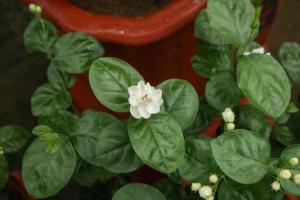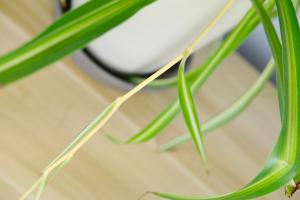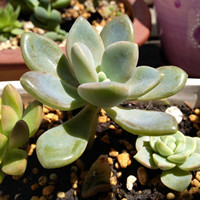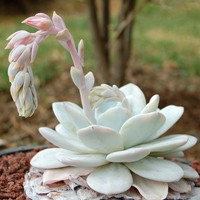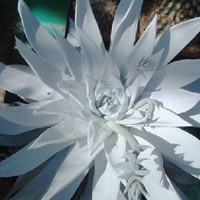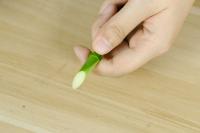How to Plant a Blood Orange Tree
If you love fresh fruit, why not bring some into your own home by planting a blood orange tree? This colorful, tasty citrus fruit is perfect to add to your garden, and with the right care, you can enjoy a bountiful harvest. Here is a step-by-step guide on how to plant a blood orange tree.
Choose the Right Location
Blood orange trees need full sunlight and well-draining soil to thrive, so choose a spot in your garden that gets a lot of sunlight and has good soil drainage. Avoid planting in low-lying areas where water may accumulate and cause root rot.
Prepare the Soil
Blood orange trees prefer soil that is slightly acidic, with a pH range of 6.0 to 6.5. Test the soil pH in the planting area and amend the soil if necessary. Mix in compost or other organic matter to provide nutrients and improve soil structure.
Dig a Hole
Dig a hole that is twice as wide and deep as the root ball of the tree you plan to plant. Keep the depth of the hole the same as the height of the root ball.
Plant the Tree
Place the root ball of the tree in the center of the hole and fill soil around it, pressing down gently to remove air pockets. Make sure the graft union (a distinct bulge on the trunk of the tree) is at least 3 inches above the soil surface.
Water and Mulch
Water the tree immediately after planting and then every day for the first week, gradually decreasing the amount of water as the roots establish. Spread a 2- to 3-inch layer of mulch around the base of the tree, but keep it about 6 inches away from the trunk. Mulch helps to conserve soil moisture, suppress weeds, and regulate soil temperature.
Feed the Tree
Blood orange trees need regular feeding to produce a good crop. Apply a balanced fertilizer, such as a 10-10-10 formula, every four to six weeks during the growing season. Follow the instructions on the package carefully and do not over-fertilize.
Prune the Tree
Pruning is an essential part of caring for a blood orange tree. Prune in late winter before the tree begins to grow new foliage. Remove any dead, diseased, or broken branches, as well as any branches that grow vertically or cross each other. Prune to shape the tree and maintain its size.
Harvest the Fruit
Blood oranges are typically harvested in late winter or early spring, when the fruit is fully ripe and bright red. The flesh inside is deep red or purple, which contrasts beautifully with the orange skin. Simply twist the fruit from the tree or use a pair of scissors to cut the stem cleanly. Enjoy the delicious, juicy fruits fresh or use them in your favorite recipes.
With these simple steps, you can grow and enjoy delicious blood oranges right in your own garden. Have fun planting!

 how many times do yo...
how many times do yo... how many planted tre...
how many planted tre...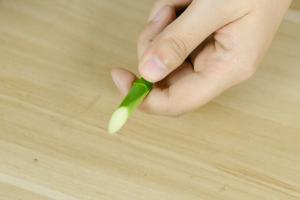 how many pine trees ...
how many pine trees ... how many pecan trees...
how many pecan trees... how many plants comp...
how many plants comp... how many plants can ...
how many plants can ... how many plants and ...
how many plants and ... how many pepper plan...
how many pepper plan...
